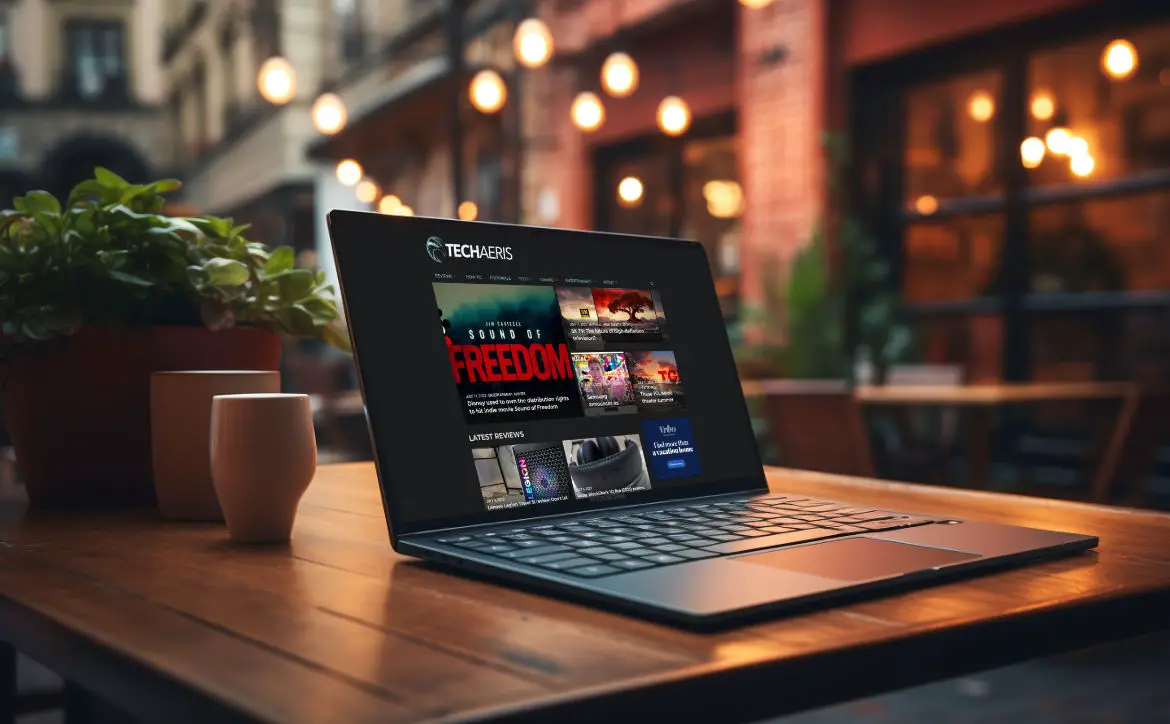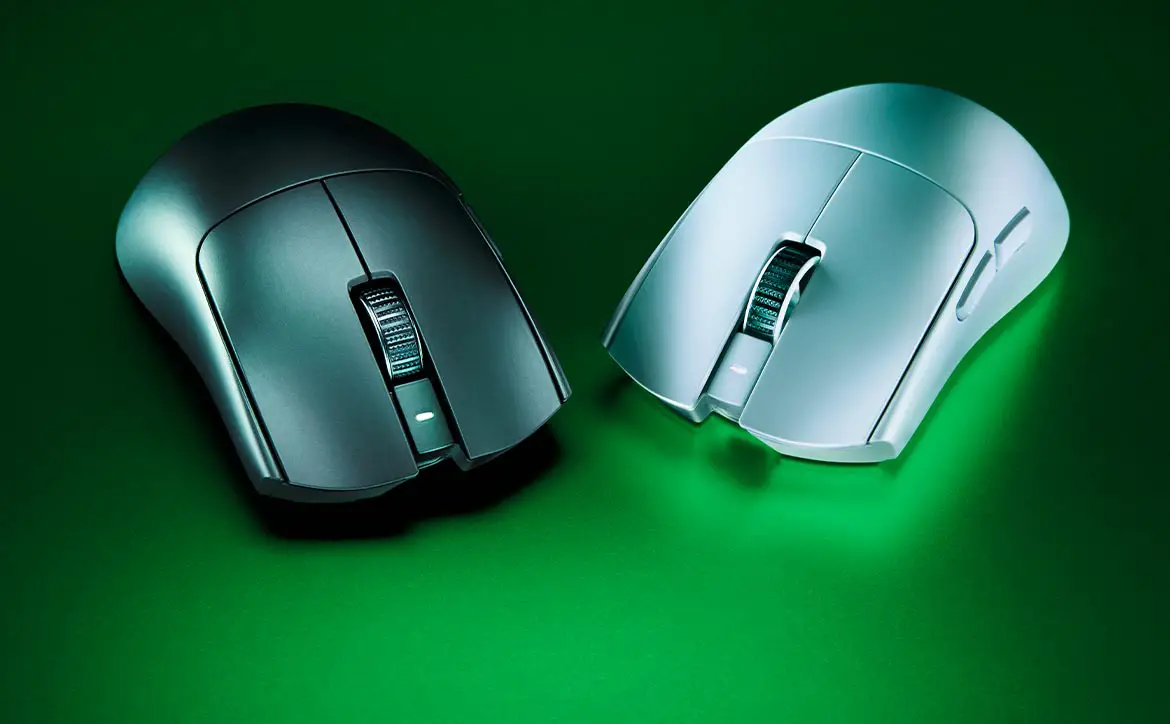Nits are a unit of measurement for brightness. They measure the amount of light emitted by a display, and are expressed as candelas per square meter (cd/m²). The higher the nits, the brighter the display. Brighter displays perform better in daylight and bright conditions; therefore, they are ideal for outdoor use. Nits are one thing, but what about sustained brightness and peak brightness?
Estimated reading time: 3 minutes
This article discusses nits, sustained brightness, and peak brightness in the context of a laptop display. Some of this information can cross over to monitors and televisions but it is important to note this information is being shared assuming laptop displays.
Sustained Brightness/Peak Brightness
When it comes to laptop displays, there are two types of brightness that are commonly referred to: sustained brightness and peak brightness.
- Sustained brightness is the maximum brightness that a display can maintain for an extended period of time without overheating. This is the brightness that you will typically use when you are working on your laptop indoors.
- Peak brightness is the maximum brightness that a display can produce for a short period of time. This is the brightness that you will typically use when you are watching HDR content or using your laptop outdoors in bright sunlight.
What Nit Rating Should I Get?

The number of nits that you need for your laptop depends on how you plan to use it. If you only plan to use your laptop indoors, then a display with 200–300 nits of sustained brightness should be sufficient. However, if you plan to use your laptop outdoors or watch HDR content, then you will need a display with a higher sustained brightness of 400-500 nits or more.
I recommend 500 nits or more regardless of indoor or outdoor primary use, if there’s one thing that’s annoying, it’s when you have a low nit laptop that you take outside and cannot use.
Peak brightness is less important for most users, as you will only use it for a short period of time. However, if you are a gamer or photographer who needs to see the most accurate colors, then you may want to consider a display with a high peak brightness of 1000 nits or more.
What are the benefits of a high-brightness laptop display?

There are several benefits to having a high-brightness laptop display. These include:
- Better visibility in bright environments: A high-brightness display will make it easier to see your screen in bright environments, such as outdoors or in a well-lit room.
- More vibrant colors: A high-brightness display will also make colors appear more vibrant and lifelike.
- Better HDR performance: If you watch HDR content, then a high-brightness display will allow you to see the full range of colors and details.
Conclusion
Nits are an important factor to consider when choosing a laptop display. If you plan to use your laptop outdoors or watch HDR content, then you will need a display with a high sustained brightness of 400-500 nits or more. Peak brightness is less essential for most users, but it can be beneficial for gamers and photographers who need to see the most accurate colors.
When people come and ask me what kind of display they should select for their laptop, I always recommend 500 nits or more with a healthy sustained brightness rating. Even if you’re using it primarily indoors, the second you need to go outside, you will be prepared.
What is the nit rating of your laptop display? What peak brightness is it? What about its sustained brightness? Please share your thoughts on any of the social media pages listed below. You can also comment on our MeWe page by joining the MeWe social network. And subscribe to our RUMBLE channel for more trailers and tech videos.
In some of our articles and especially in our reviews, you will find Amazon or other affiliate links. As Amazon Associates, we earn from qualifying purchases. Any other purchases you make through these links often result in a small amount being earned for the site and/or our writers. Techaeris often covers brand press releases. Doing this does not constitute an endorsement of any product or service by Techaeris. We provide the press release information for our audience to be informed and make their own decision on a purchase or not. Only our reviews are an endorsement or lack thereof. For more information, you can read our full disclaimer.










